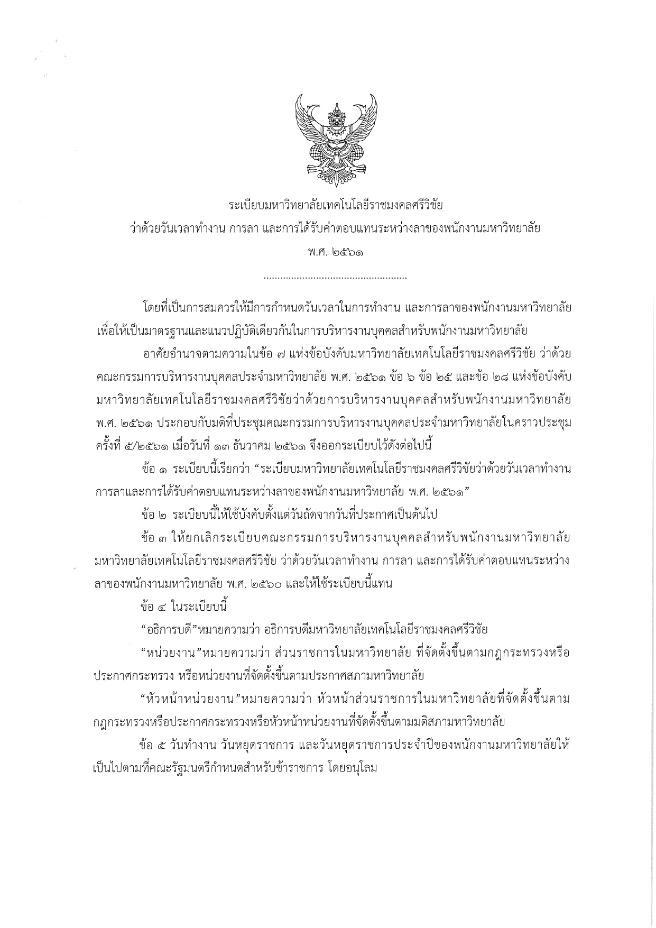Reporters: Asst.Prof.Dr. Prapot Maliwan
Assoc.Prof.Dr. Pornsil Seephueak
Asst.Prof.Dr. Nion Chirapongsathonkul
Asst.Prof.Dr. Worawitoo Meesook
Evidence Date: during 2023 Jan-Dec
Related SDGs:
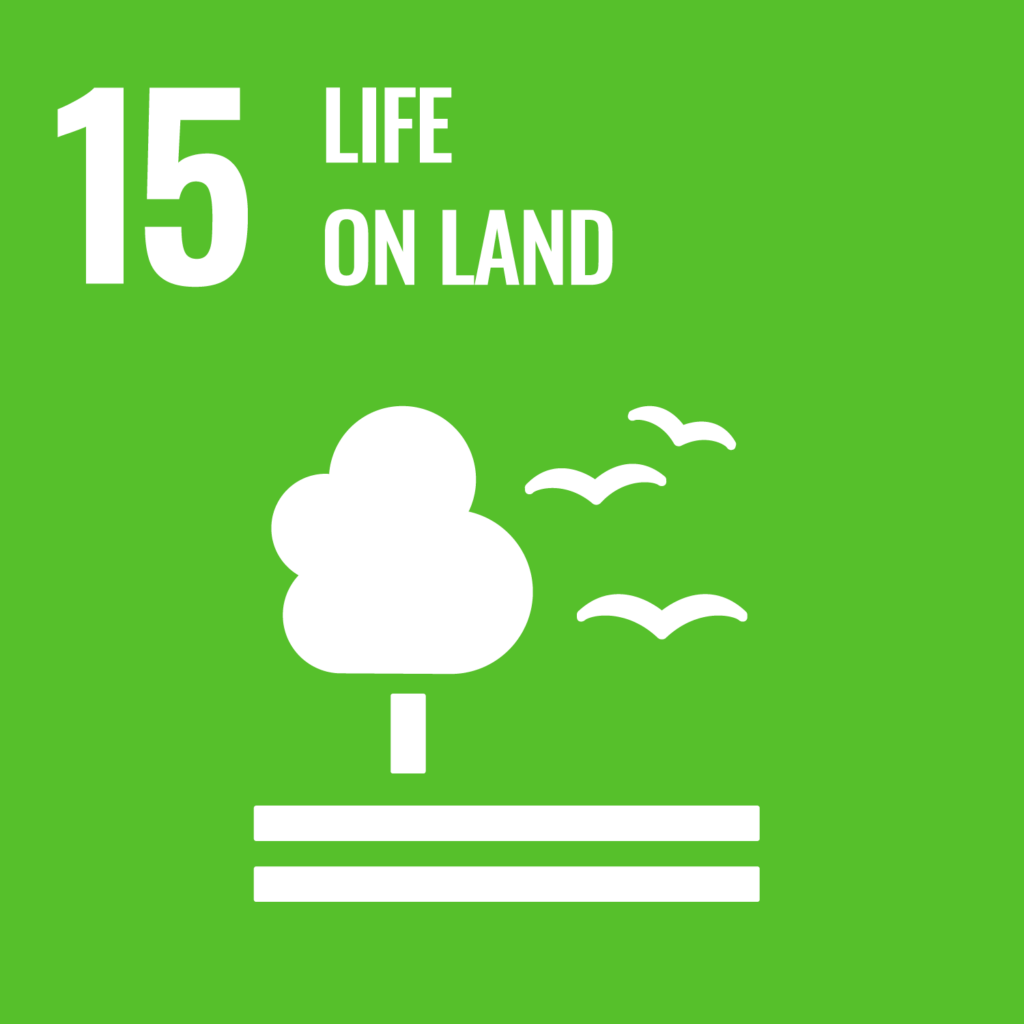
Related Indicators: 15.2.1
Details:
Plants play a crucial role in improving the environment by increasing oxygen levels, reducing carbon dioxide, supporting humidity, and lowering temperatures. At Rajamangala University of Technology Srivijaya, the administration has taken a proactive approach to leverage these benefits by planting a variety of species across the campus. The university’s landscaping initiative is not just aimed at enhancing the visual appeal of the campus, but also at promoting environmental sustainability. By selecting ornamental plants that are drought-resistant, such as palms, sea oak, and agave, the university ensures that these species thrive even in the local climate. These plants are well-suited to survive with minimal water, which helps conserve water resources while maintaining the lush greenery. Their adaptability also allows the university to reduce the need for frequent irrigation, further supporting water conservation efforts. Additionally, the increase in plant coverage helps improve air quality by reducing pollutants and increasing oxygen levels. In turn, this contributes to a healthier, more pleasant campus atmosphere. This holistic approach to landscaping goes beyond aesthetics, aiming to foster a sustainable environment for students and staff.
The use of drought-tolerant plants at the university also addresses other environmental challenges, such as excessive heat and humidity. By increasing the overall humidity in the campus area, the plants create a more comfortable microclimate, which can make outdoor spaces more enjoyable for students and faculty. The reduction in temperature around the planted areas, particularly in spaces with dense greenery, helps mitigate the urban heat island effect—an issue commonly found in cities and developed regions. In addition to their practical benefits, these plants enhance the beauty of the campus, making it more inviting and visually appealing. This approach aligns with the university’s broader sustainability goals, which include reducing the institution’s environmental footprint and promoting green initiatives. The plants’ ability to thrive in harsh conditions also means they require less maintenance, reducing labor and resource costs in the long run. Ultimately, the thoughtful selection of these plants strengthens both the ecological and aesthetic value of the campus, turning it into a model for environmentally conscious landscaping.
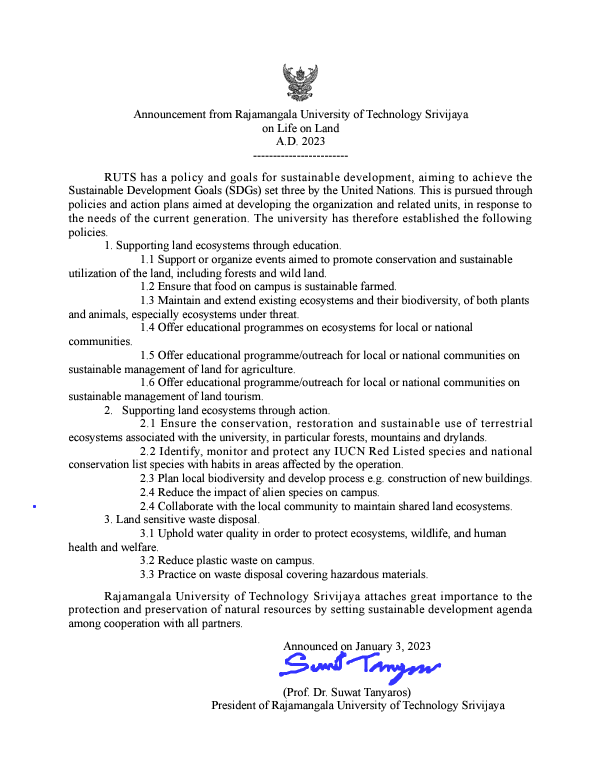
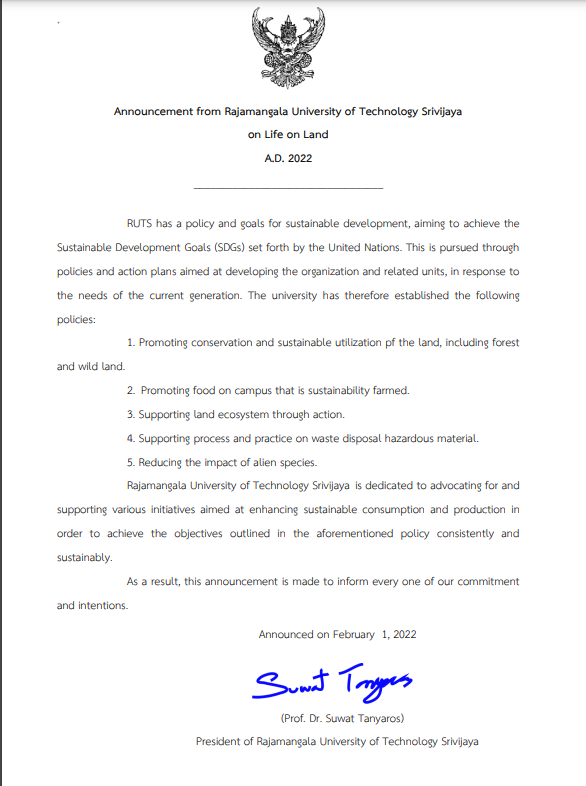
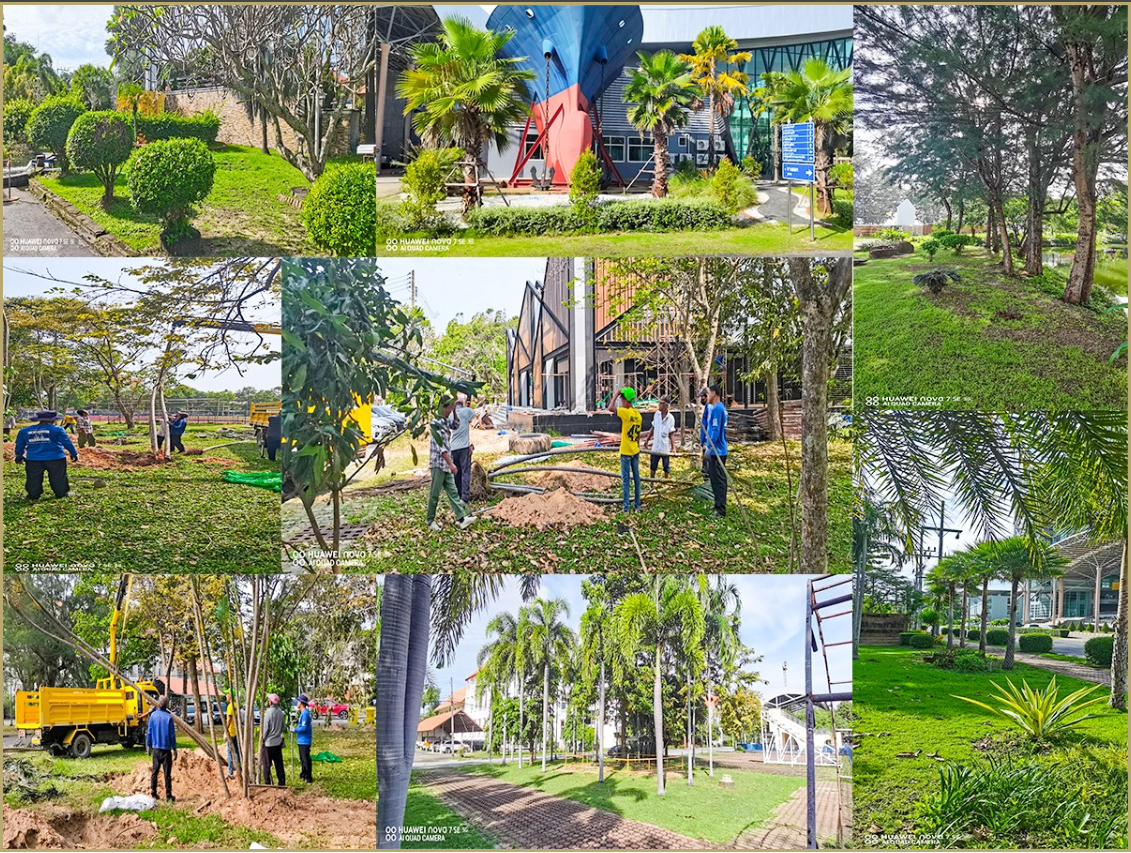
Related Links:
https://general.rmutsv.ac.th/node/1124
https://statute.rmutsv.ac.th/file/306797.pdf
https://acrobat.adobe.com/id/urn:aaid:sc:AP:205fcef8-86ff-489a-b48f-bf5516bb7b99

